Did jumping rope cause a meniscus tear? Here’s how to do the right rehabilitation exercises.
If you have any queries or suggestions, please feel free to reach out via email to info@harisonfitness.com. We will do everything in our capacity to ensure that you love your experience with us.
As a relatively healthy and safe form of exercise, why does skipping rope cause knee wear and tear, leading to meniscus tears? The meniscus is one of the important structures of the knee joint, consisting of two crescent-shaped fibrocartilages located between the femoral condyle and the tibial plateau. The meniscus primarily serves as a shock absorber, helping the body maintain stability during movement.
01What causes a meniscus tear?
Overloading exercises: Overloading exercises increase pressure on the meniscus in the knee area. Over time, this can lead to meniscus tears. In the news report, Ms. Wu’s main issue, aside from her congenital meniscus deformity, was overloading exercises.
Knee joint rotation: This is the most common cause of meniscus injury. Activities such as basketball, where the knee is subjected to excessive twisting, or sudden turns while running, can lead to meniscus tears.
Chronic excessive weight-bearing: Generally, the meniscus can only withstand three times the body’s weight. If an individual is overweight, this places additional strain on the meniscus, increasing the risk of injury.
02 What are the symptoms after a meniscus tear?
Once a meniscus tear occurs, the most obvious symptom is knee pain, which can make activities like going up and down stairs or even walking normally difficult. In severe cases, patients may also experience knee swelling. When squatting or walking, the knee joint may emit a series of cracking sounds.
After understanding the causes and symptoms of a meniscus tear, the most important thing is how to treat and recover from it. Here are some methods for reference.
After a meniscus tear, the injured area should be immobilized, and rest should be prioritized. Knee joint movement should be minimized. Under professional guidance, appropriate topical applications or medications may be used to promote blood circulation, reduce swelling, and alleviate pain in the knee joint area. As the condition improves, gradual, appropriate exercise can aid in meniscus recovery.
Exercise 1
Exercise instructions: Sit flat on the floor, place the injured leg in front of you, then lay the back of the knee flat on the floor. Tighten the muscles at the top of the thigh and hold for approximately 6 seconds, then rest for 10 seconds. Note: If discomfort is felt during the exercise, a small towel can be placed under the knee to assist with the exercise. Once gradually accustomed to the exercise, the towel can be removed.
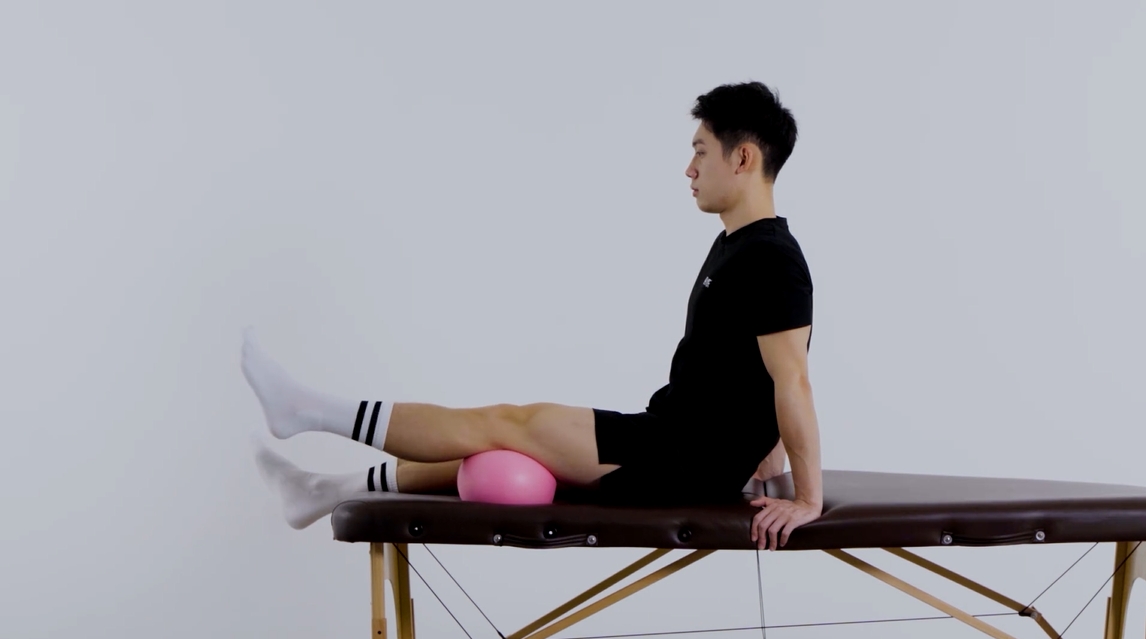
Exercise 2
Key points: Lie on your back with your feet flat on the floor and the injured leg straight. Then tighten the thigh muscles of the injured leg, keep the knee of the injured leg straight, and tighten the thigh muscles. Lift the injured leg so that the heel is about 30 cm off the ground, hold for 5 seconds, then slowly lower it. Repeat 8-12 times per session. Note: During this exercise, the lower back should maintain a natural curve, and there should be enough space between the back and the floor to place one hand flat. Keep the back in a natural curve throughout the exercise.
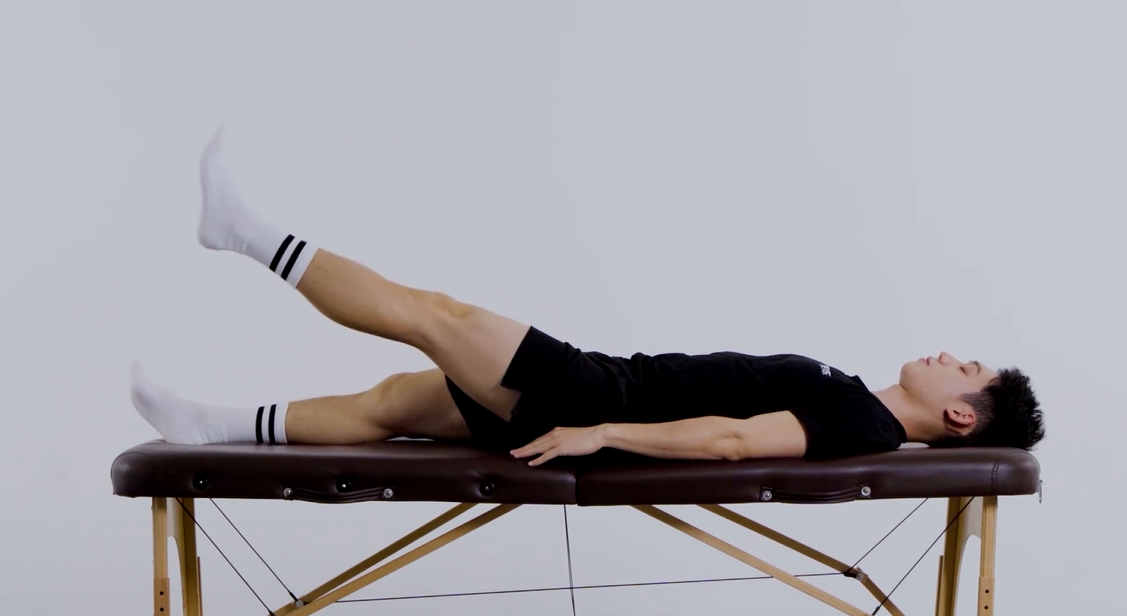
Movement 3
Key points: Lie on your stomach with your legs straight, then slowly lift them up, raising your toes about 15 cm off the ground. Hold for 5 seconds, then slowly lower them. Repeat 8-12 times per workout.
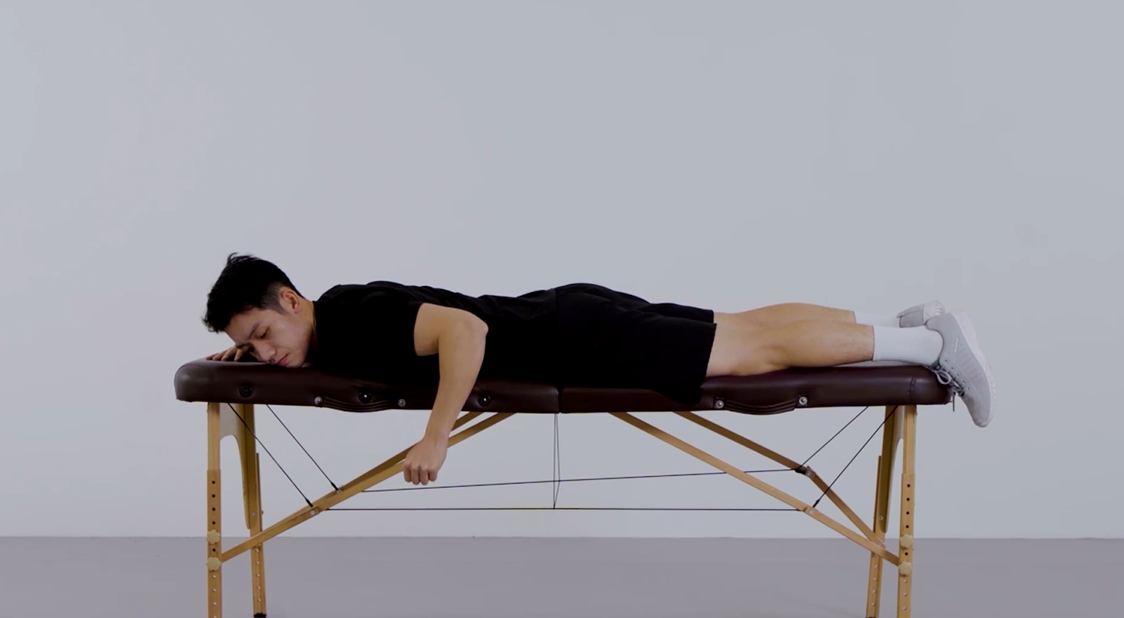
Tip: Any rehabilitation training requires the patient’s perseverance and regular training. If you are a patient with a meniscus injury, you may want to stick to the above rehabilitation exercises to increase the degree of healing and accelerate the healing process. Note that at the beginning, the amount of exercise should not be too much, and the duration should not be too long.
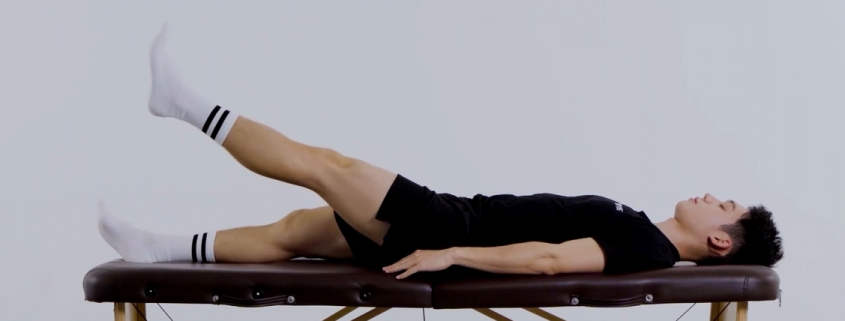



Leave a Reply
Want to join the discussion?Feel free to contribute!